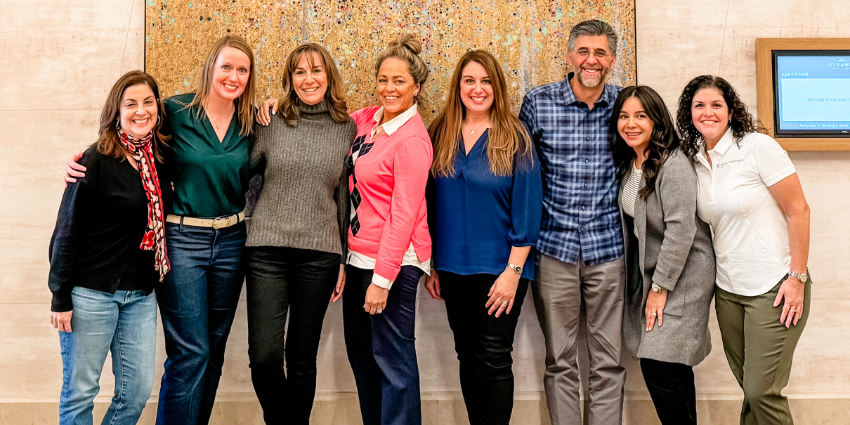In a conversation the other day, a friend of mine (with the most loving delivery possible) asked me “Why do you look so out of it?” Personally speaking, I didn’t think I looked that out of it; after all, I had just come from “rejuvenating my hair back to its more youthful, natural state”. So I responded with the proverbial: “I don’t know, I guess I’m tired; I had four back-to-back clients today.”
As you can probably suspect, my very hard-working, healthcare professional friend did not miss the opportunity to call out “You only had 4 clients today? How can you possibly be tired?!”
To which I replied…”Because I spent those hours listening.”
Cue her eye roll…
Listening is WORK; it engages all parts of our body. It’s active – hence the term ACTIVE LISTENING. Remaining silent is also WORK.
At a minimum, true listening engages our brain, ears, eyes, lungs, spine, facial muscles, and, believe it or not, feet.
Many of us define listening as simply those times when we’re not talking. I’m not being flippant. Ask yourself how many times you’ve been listening while you’ve also been thinking about your response, the next point you’ll make, or the next question you’ll ask? That’s not listening, that’s preparing. Challenge yourself to take note of this listen/prepare ratio and see what you come up with.
Most of us think we’re pretty good listeners. But the truth is we’re not actively practicing the tools that make us great listeners.
Here are a few tools for you to practice this upcoming week:
1. Breathe First – When I conduct workshops with leaders, almost always I leave them with this tip. Before the first word comes out of your mouth, a big breath should come in to your lungs. So many benefits result – the conversation slows down, your pulse slows down, fresh oxygen enters your bloodstream, you pause your brain while it searches for a positive word selection.
Breathe First – Speak Second.
2. Close the Browser – This tip is both literal and figural. Put the phone down, stop writing, don’t remain on hold waiting for the next available representative, and close the browser. Not only do we tend to have multiple Chrome tabs open on our computers, but our brains have become mirrors of our operating systems – multiple tabs running in the background at all times. Actively try to click the “x” on those tabs running in the background of your brain when you’re listening.
3. Ask Yourself, “Is It Worth It?” – Another goodie from my leadership workshops and training you might recognize. When you speak, who benefits? Are you speaking for your benefit or are you speaking to provide information and guidance (not advice)? Is what you’re about to say a WIIFM (What’s in it for me) or a WIIFT (What’s in it for them)? If it’s the latter, say it. If it’s the former, zip it. Is it beneficial? Is it productive? Is it worth it?













